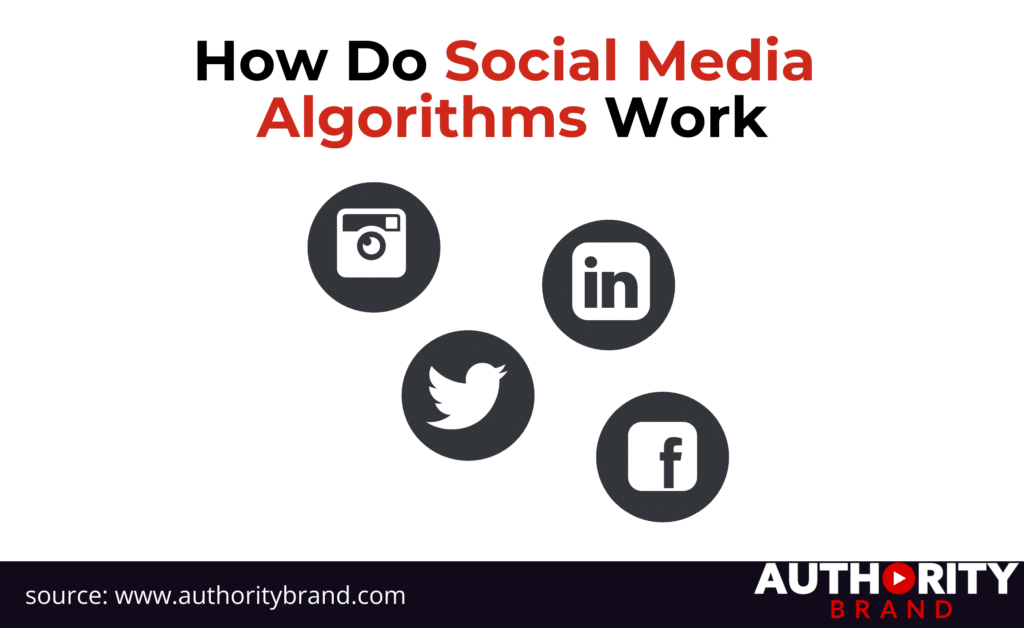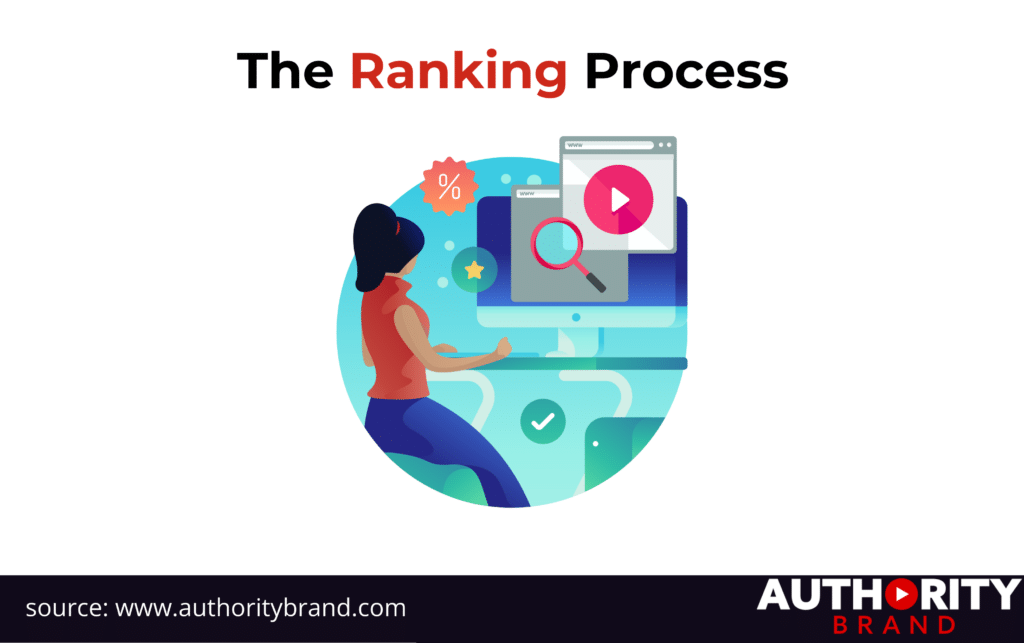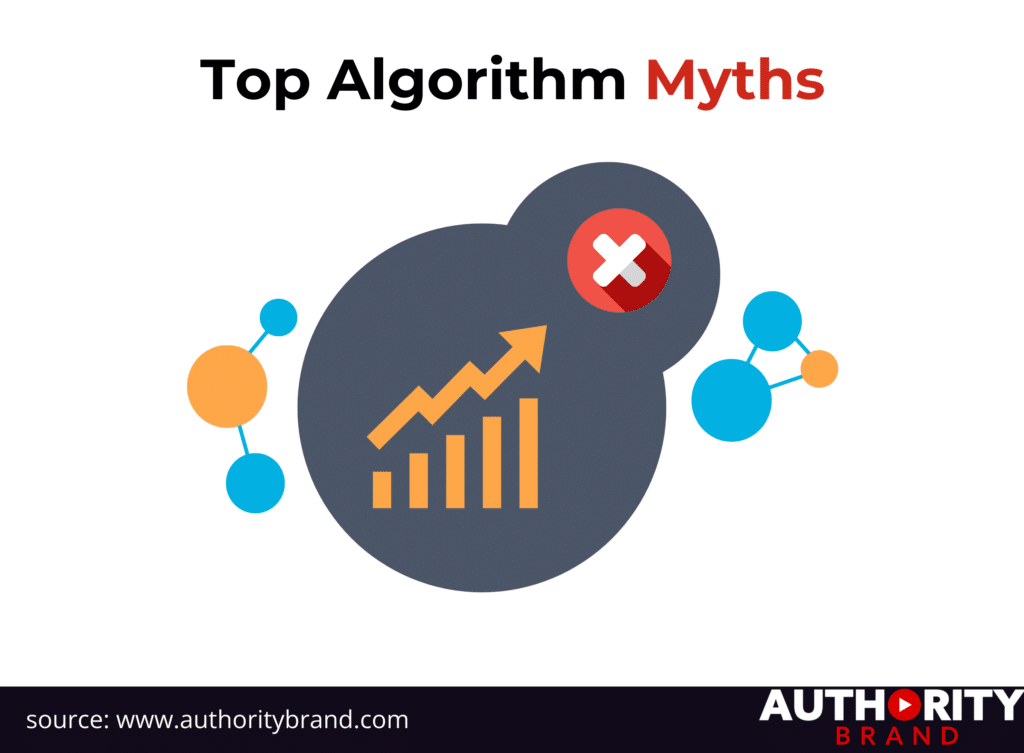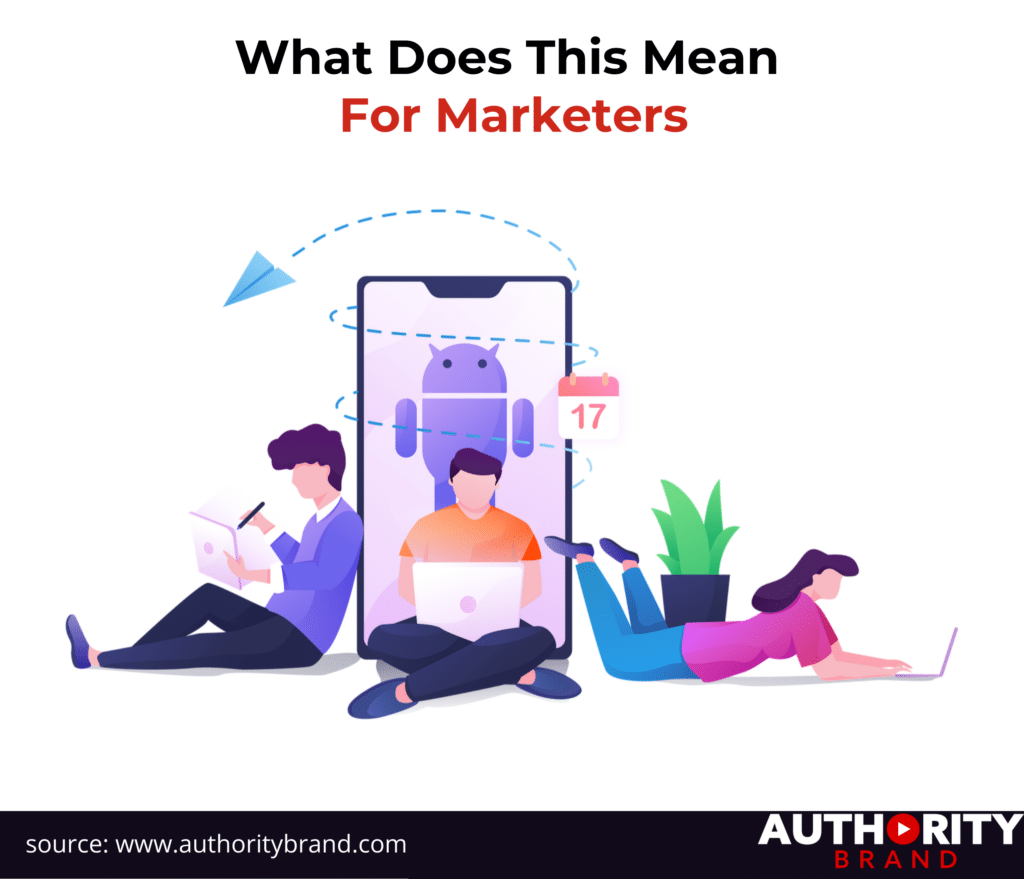Have you ever found yourself endlessly scrolling through your social media feeds, wondering why some posts keep popping up while others seem to have vanished into the abyss? Well, my friend, you’re not alone! Social media platforms use complex algorithms to curate our feeds, but how much do we know about what goes on behind the scenes? It’s time to uncover the mystery behind these algorithms and discover innovative ways to leverage them to our advantage.
This article will explore the enigma behind social media algorithms on popular platforms such as Facebook, Instagram, Twitter, and TikTok. By the end of this, you’ll better understand how these algorithms work and some tips on how to level up your social media game. So, grab a cup of coffee, and let’s dive in!
Key Takeaways
- We all feel subject to opaque algorithms determining the information we consume daily.
- Each platform deploys distinct algorithms that filter content to enhance relevance and engagement based on identity, interests, and behavior.
- While precise formulas stay confidential, one overriding reality persists – compelling creative wins.

How Do Social Media Algorithms Work
Algorithms surface the content most relevant to each user to optimize their experience. They filter enormous volumes of new posts streaming through servers into personalized feeds reflecting individual interests.
Platforms leverage data like your past behavior and preferences to populate your feed. If you consistently engage with fitness content, you’ll tend to see more of it over random posts from distant contacts.
Algorithms consider 3 core elements:
- Identity: Information like location, age, and gender. Helps serve localized content and peer-relevant posts.
- Interests: Pages followed, posts interacted with, search history. Provides insight into your passions and preferences.
- Relationships: How connected are you with certain accounts based on the history of tagging or messaging? Prioritizes friends over brands.
By factoring these facets in, platforms can create a feed customized just for you – the digital equivalent of a fingerprint.

The Ranking Process
All eligible content enters a complex evaluation system that determines whether it reaches your feed and where it ranks. Usually, newer, more popular posts appear higher.
Each algorithm uses varying ranking factors tailored to platform priorities – Facebook may emphasize meaningful interactions, while Instagram values visual appeal. But they share some universal elements:
- Popularity – Performance metrics like reactions and comments
- Relevance – Related topics and keywords based on your interests
- Relationship – Closeness between you and the creator
- Recency – Newer content often gets precedence

Top Algorithm Myths
Algorithms provoke solid reactions and lots of speculation. But much of the conventional wisdom isn’t accurate at all. Some assume they’re completely indifferent tools engineered for profit, while others attribute too much conscious orchestration.
Here are the realities behind the biggest algorithm fallacies:
Myth: Algorithms only surface posts that make platforms money.
Fact: Revenue potential is one consideration, but algorithms optimize primarily for relevance and engagement. Non-monetized content can still gain significant reach.
Myth: Algorithms are manually curated by teams at each company.
Fact: Ranking systems rely on machine learning models, not manual oversight. Teams train technology on usage data but don’t dictate outcomes.
Myth: Algorithms change randomly without reason.
Fact: Platforms constantly refine algorithms to enhance relevance and address exploitation but avoid unannounced seismic shifts that might alienate users.

How Algorithms Work on Top Platforms
Algorithms drive everything we see in our Facebook feeds – from friends’ life updates to news articles to brand content. The system relies on machine learning models factoring in over 10,00 signals.
Facebook’s ranking model analyzes how meaningful content is to you based on:
- Identity: Location, age, gender
- Preferences: Pages liked, groups joined, topics followed
- Relationships: How often do you interact with specific connections
- Engagement: What content elicits reactions, shares, clicks
The algorithm then predicts what you find valuable and surfaces those posts accordingly. Through continuous usage feedback, it gets smarter over time.
Understanding what Facebook gravitates towards helps guide organic reach efforts. For example, leveraging video and encouraging reactions may outperform static posts. Ultimately, Facebook aims to populate feeds with “meaningful social interactions. “
Instagram’s algorithm appraises potential posts based on expected relevance and ranks them in order. However, different data powers Instagram’s model.
Criteria include:
- Interests: Hashtags and accounts you follow, plus search behavior
- Interactions: Posts and Stories you tap on, accounts you regularly check
- Timeliness: Frequency of logins and activity patterns
- Relationships: How often do you engage with specific profiles
So Instagram also prizes relevance but especially favors recency and visual appeal. Feeds feature the latest, most eye-catching posts from those you actively follow. Instagram spotlights its marquee format, too – Stories rank at the very top.
YouTube
YouTube pioneered leveraging algorithms to personalize at scale. The platform analyzes extensive behavioral and contextual signals to curate feeds that capture attention and keep us streaming more content.
YouTube considers elements like:
- Watch history: Videos watched previously
- Playlists: Content saved into curated sets
- Search Queries: Keywords used to explore topics
- Watch time: Total hours streamed
- Location: Country designation
Then, it looks at video-specific factors:
- Metadata: Titles, descriptions, and tags
- Views: Total number accrued
- Audience retention: What % watch and how long
- Traffic sources: Where views originate from
YouTube’s algorithm intends to keep you watching by recommending relevant videos you’ll finish. Understanding these ranking variables helps creators optimize their content for better organic reach.
Twitter’s algorithm similarly filters the entire Tweet stream flowing through its servers to construct custom timelines reflecting individual interests.
The system evaluates content based on the following:
- Relevance: Keywords, hashtags, and accounts you follow
- Interactions: Tweets you engage with through likes, retweets, replies
- Relationships: How closely you’re connected to the tweeter
- Timeliness: Tendency is to rank the latest first
Unlike Instagram, which favors visuals or YouTube tracking watch time, Twitter prizes text relevance and original commentary. The best organic practice is crafting compelling tweet copy strategically using trending topics and handles.
The platform introduced “For You” and “Latest” feeds, balancing algorithmic recommendations and strict chronology. So, you still control options to avoid missing essential posts.
TikTok
As an app focused on short videos, it’s unsurprising that TikTok also uses watch time as a core algorithm metric. The platform analyzes viewing behavior, additional engagement, and contextual signals.
TikTok looks closely at:
- Video completion rates: What % watched and rewatched
- Interactions: Likes, shares, comments
- Keyword searches: Using titles, sounds, hashtags
- Profiles followed: Topic preferences
- Device & account: Enables localized content
The algorithm identifies patterns suggesting content you can’t resist and then surfaces those to keep you happily scrolling. So, creators benefit from crafting thumb-stopping videos using viral sounds, hooks, and effects that drive completion rates.

Why Do Algorithms Change So Much
We expect consistency from algorithms, but they evolve perpetually rather than remain static. Platforms update them to enhance relevance as usage patterns change and new exploits emerge.
But while change is constant, seismic disruptions are rare. Meta CEO Mark Zuckerberg underscored this regarding recent tweaks: “We’re focused more on incremental updates…not sudden shifts.”
Gradual improvements behind the scenes are the norm versus dramatic overhauls. Significant changes usually address growing issues like:
- Irrelevant content
- Over-commercialization
- Creator incentives
Modifications aim to improve integrity, tighten security, and reduce polarization. Still, shifts spark strong user reactions and prompt reassessment, like Instagram’s backtracking on expanded video.
Ultimately, platforms balance enhancing relevance with avoiding wholesale experience disruption. Keeping users happy takes priority.

What Does This Mean For Marketers
With social media’s pivotal marketing role, algorithm fluency is mandatory. The landscape evolves constantly, so continual learning is essential. But several best practices apply regardless:
- Obsess over relevance to real interests
- Encourage reactions and community
- Feature latest trends and terminology
- Test new formats like long-form video
- Monitor analytics closely and respond
Remember, algorithms optimize for relevance and reliable engagement. Delivering both sustains reach is better than trying to game the system.
While technical nuances across platforms vary, human truths remain fixed. Create content that sparks joy, reactions, or meaning, and algorithms will spread your message.
Decoding Social Media Algorithms
Many may question why specific posts appear on our social media feeds while others don’t. The answer is that each platform has algorithms that sift through a vast amount of content and display what seems most relevant to us based on our identity, interests, and relationships. Understanding how social media algorithms work can help increase our reach.
Frequently Asked Questions
Q: How can I make sure algorithms show my content?
A: Boost visibility by encouraging reactions through compelling creative focused on relevance to platform and audience interests.
Q: Do algorithms completely control what I see on social media?
A: Algorithms curate most feeds, but options like Twitter’s Latest View or Facebook’s Most Recent let you access non-filtered content.
Q: Why does irrelevant stuff still appear on my social media feeds?
A: No algorithm is perfect – they approximate relevance using available data. Testing and updating models are continual work to improve predictions.
Q: Can algorithms exhibit biases like favoring some topics over others?
A: Potential for bias exists in any AI system, and platforms work to overcome it through expanded reviewer diversity and transparency.
Q: What’s the best way to make algorithms share my content further?
A: Consistently create engaging content on topics resonating with your audience. Don’t try manipulating systems – authenticity shines through.
Elevate Your Brand’s Impact and Consistency with Authority Brand
Are you ready to establish yourself as a leader in your industry and strengthen your brand? Look no further than Authority Brand! Whether you’re a based company needing a brand overhaul or a startup looking to make a significant impact, Authority Brand has the solutions you need. Our wide range of services encompasses everything from social media management and content creation to logo design and website development, ensuring your brand remains powerful and consistent across all platforms. Every company has the potential to become an authority in their industry, and we’re here to help you achieve that potential and take your brand to new heights. Contact us now, and let’s start building your authority brand!







